Puppy Care Guide
Congratulations on welcoming a new puppy into your family! Caring for a puppy is a big responsibility, so please refer to this guide for essential care tips and tricks.
Puppy Checklist
Identification and Safety:
- Collar and ID (dog license)
- Leash
Comfort:
- Bed
- Crate
Feeding:
- Puppy food
- Water and food bowls
- Training treats
Grooming:
- Puppy shampoo
- Pet wipes
- Brush, nail clippers, toothbrush, and toothpaste (Coconut oil is an alternative and helps prevent gingivitis while hardening tooth enamel and moisturizing gums.)
Training:
- Pee pads
- Puppy gate
Enrichment:
- Chew toys (ensure they are durable with no small parts that can be chewed off and swallowed)
- Treat-dispensing toys (e.g., Kong or treat puzzles for mental stimulation and keeps your pup busy)
Feeding Your Puppy
Choosing Food:
- Look for puppy-specific or small-breed-specific food.
- Puppies need to be fed more frequently than adult dogs.
Feeding Schedule:
- Start with ½ a cup of food in the morning. If your puppy doesn’t eat within 30 minutes, remove the bowl and try again at the next feeding time in the afternoon. Offer another ½ cup in the evening.
- Don’t worry if your puppy eats less initially; it may take time to adjust to their new environment and feeding schedule.
- Puppies should eat 1-1½ cups of food daily. Consult your veterinarian for an accurate recommendation as they grow.
Hydration Tips:
- Dry kibble has no moisture, so add warm water or unsalted chicken/bone broth to enhance hydration.
- Always keep a water bowl available near the food bowl.
Healthy Additives:
- Cooked or raw veggies (e.g., broccoli, spinach, green beans, beets, sweet potatoes, cabbage, carrots)
- Pumpkin (aids digestion, helps with constipation and diarrhea)
- Blueberries (rich in antioxidants, vitamin C and K)
- Gogi berries, apple, coconut, banana
- Unsalted bone/chicken broth
- Raw eggs (occasionally; to avoid biotin deficiency, supplies vitamin A and E, riboflavin, folate, iron, selenium)
- Plain yogurt or kefir (for probiotics, especially beneficial after antibiotics)
- Sardines or fish oil (omega-3 fatty acids, selenium, supports joints, bones, and coat health)
Foods Poisonous to Dogs:
- Apple seeds, avocados, onions, chives, coffee, chocolate, garlic, grapes, certain mushrooms, cooked bones, walnuts, macadamia nuts, and milk.
Switching Food:
- Transition gradually by mixing half of the old food with half of the new food to help your puppy adjust.
Veterinary Care
- Schedule an appointment to register your puppy at a clinic.
- Arrange vaccinations, deworming, tick/flea prevention, and learn about caring for your pup.
- Know the signs that indicate a visit to the vet.
- Questions to ask your vet:
- When should I spay/neuter my puppy?
- What will it cost?
- Where is the nearest emergency animal hospital, and what are the hours?
Bathroom Routine
- Establish a consistent bathroom schedule:
- Immediately after waking up (morning, naps)
- After meals and drinks
- Praise your puppy when they go outside and repeat a phrase like “go potty” to create an association.
Preventative Measures
- ALWAYS watch your puppy! Don’t let your puppy eat harmful items such as cleaners, medications, harmful plants, dead animals, or animals feces
- A pup is much more susceptible to diseases such as parvovirus, distemper, and Lyme disease since they are are not fullyy vaccinated until about 16 weeks of age
- Apply tick and flea medication, especially from March to November.
- Maintain a proper diet and consider supplements for essential nutrients to support a healthy immune system.
- Brush your puppy’s teeth or offer dental chews to prevent dental issues.
- Monitor your puppy’s health: symptoms like vomiting, diarrhea, coughing, dry nose, and lethargy should require a vet visit
Grooming Tips
- Use dog/puppy-specific shampoo and conditioner for baths.
- Trim nails carefully; avoid cutting the quick (the sensitive part with nerves and blood vessels). If you accidentally cut it, use cornstarch or baking powder to stop bleeding. Seek veterinary care if needed.
- If unsure about nail trimming, have a groomer or veterinarian do it to prevent discomfort.
- Brush your puppy’s coat regularly:
- Non-shedding breeds: Prevent knots/matts.
- Shedding breeds: Minimize shedding and keep the coat smooth.
- Bathe your puppy every 1-2 months to maintain a healthy coat and skin. Avoid frequent baths, as they can strip natural oils.
- Clean your puppy’s ears monthly using a warm cotton pad with ear cleaning solution.
Socialization and Training
- Use positive reinforcement to teach basic commands.
- Never punish your puppy.
- Dedicate a few minutes daily for training to stimulate your puppy mentally.
- We highly recommend enrolling your puppy in training classes to socialize them in a controlled environment so they are confident and obedient in new situations and around other dogs.
- Socialize your puppy with other dogs and people, but only after they are fully vaccinated.
- Train your puppy to respond to commands like “come” to ensure safety in various situations.
- Provide frozen treats such as carrots to help soothe sore gums during teething
- Offer a variety of safe chew toys to help relieve teething discomfort, and redirect your puppy to appropriate chew toys if they are chewing furniture or shoes etc…
This guide should help you provide the best care for your new puppy! Enjoy your time together and build a strong, healthy bond.

